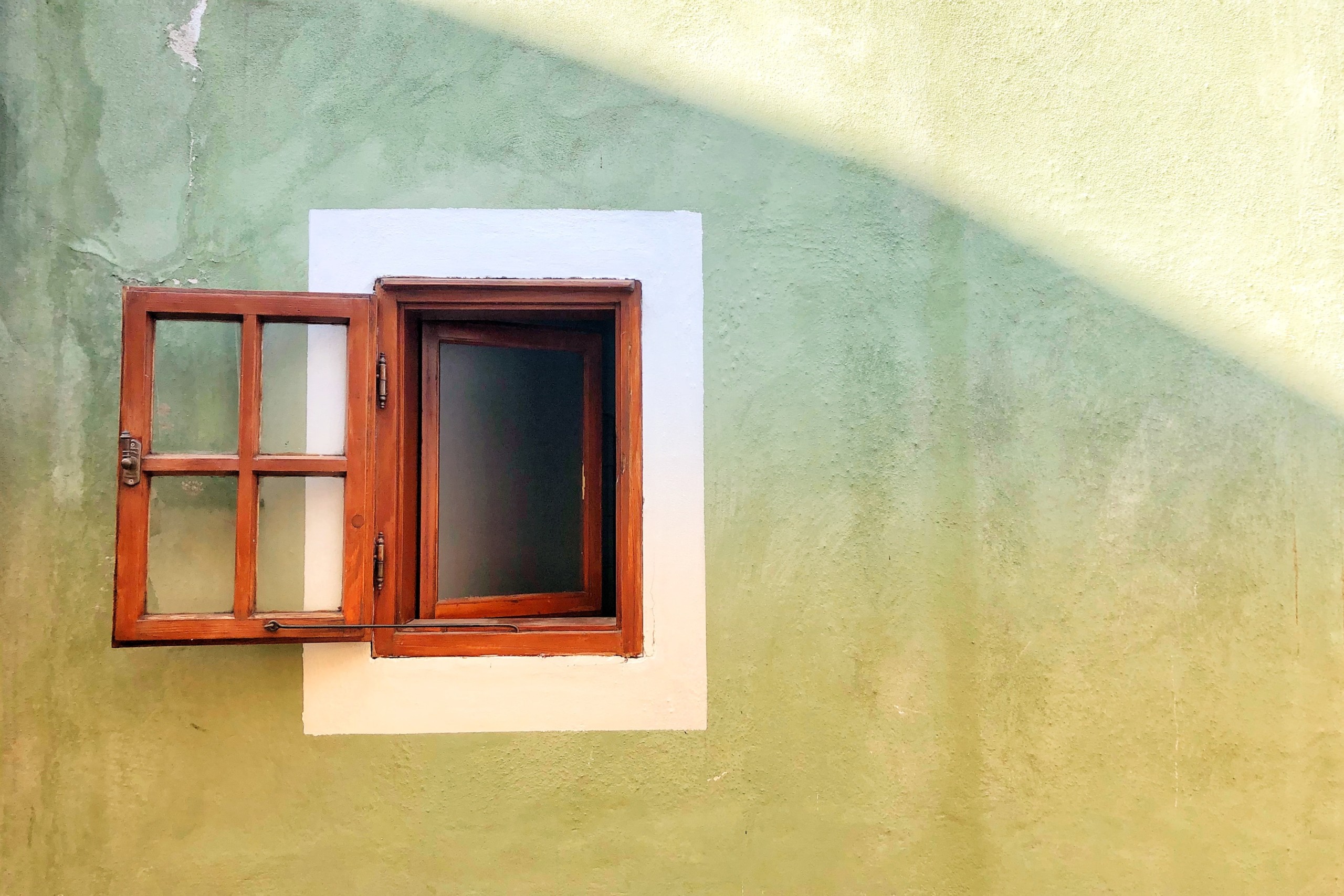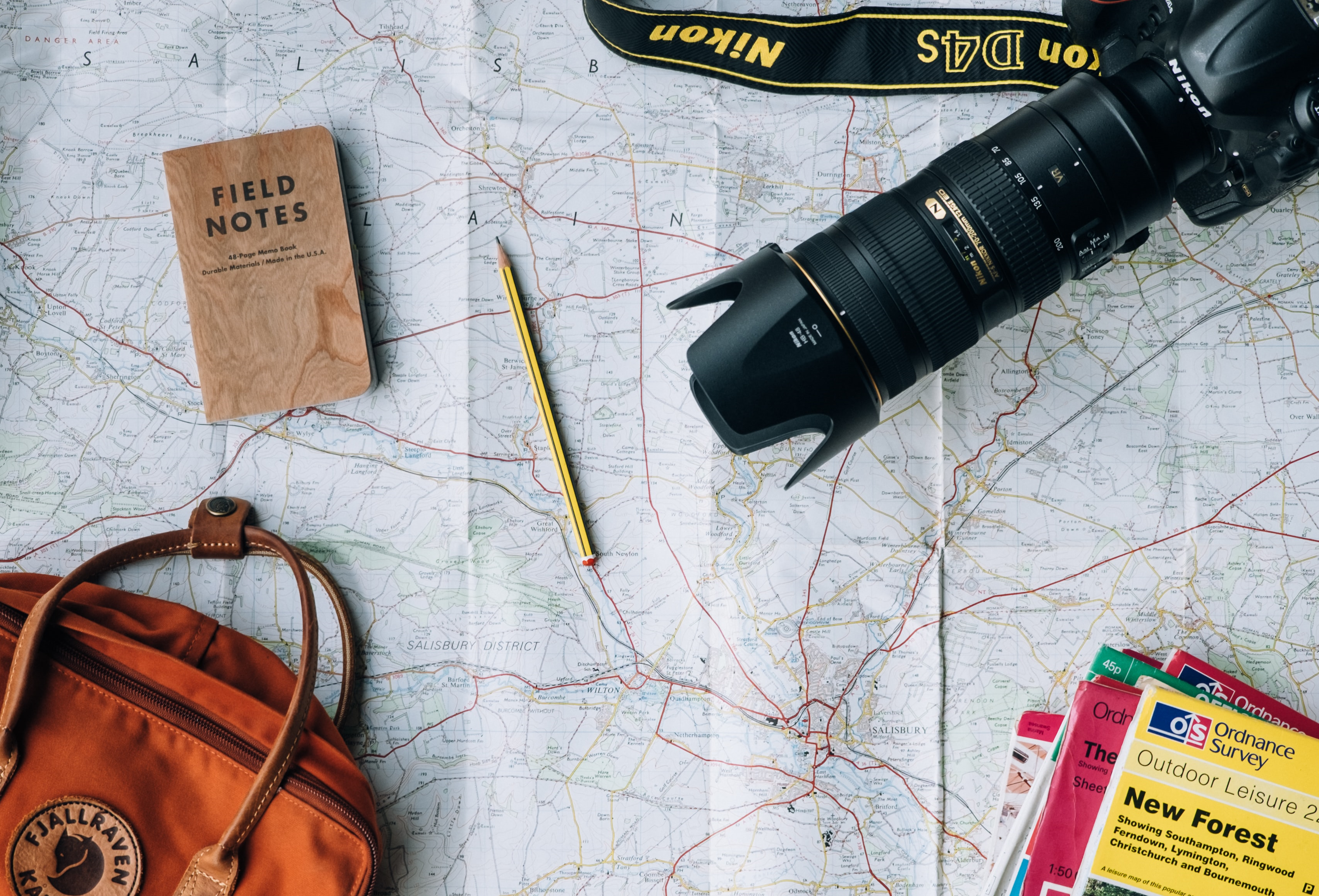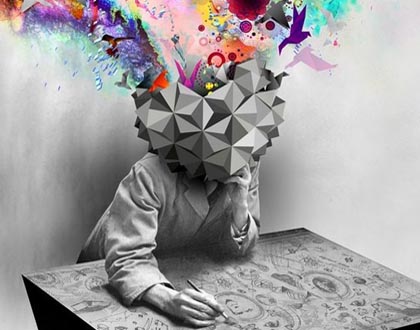Spectrum Thinking: The Great Equalizer for Resilient Organizations
In the Autumn 2020 issue of Horizons Magazine, the publication of The Institute for Outdoor Learning, I wrote about spectrum thinking. The middle of a global pandemic is a fine time to employ spectrum thinking, as "many organizations face disruptions in service, loss of participants or visitors, and dwindling revenues....we must work to increase the resiliency of our organizations in dynamic social and economic environments. Spectrum thinking is a strategic planning process that taps the power of range and diversity on a variety of continua. Spectrum thinking allows designers and leaders to consider a range of times, places and purposes that enable us to learn more about, and better serve, our program participants." There are opportunities amidst the setbacks, and spectrum thinking can help you if you are brave enough to reinvent your organization--and sometimes yourself--in the moment.







